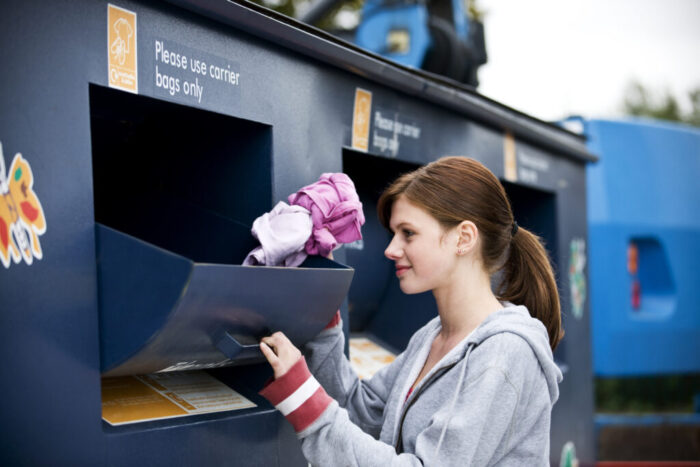For Thomas Insights
Textile recycling describes the process of recovering fibers, yarns, and fabrics, breaking them down into their constituent parts, and creating new materials or garments.
The textile industry market size was valued at $959.87 billion in 2022 and is projected to reach $1,371.84 billion by 2030. As the industry rapidly expands and demand for fast fashion increases, more waste will be created, and the need for effective and efficient recycling processes will become ever more apparent.
The benefits of textile recycling include a reduction in landfill waste, conservation of the world’s natural resources, and significant energy savings. Thanks to innovations in the recycling industry, growing consumer consciousness, and a commitment from global brands to reduce their carbon footprint, textile recycling is on the rise. Nonetheless, there are some obstacles to mass-scale adoption, including cross-contamination, lack of infrastructure, and public awareness.
Let’s explore the ins and outs of textile recycling, including the processes, the benefits and challenges, and the latest innovations.
Textile recycling programs typically consist of four key steps — donation and collection, sorting, processing, and transportation.
1. Donation and Collection



